Eastern Cuba, known locally as “Oriente”, is fascinating to explore, and a favourite region for the Archipelago Choice team! Eastern Cuba is more rugged/unspoilt and certainly more remote, with the most friendly locals! For many who have previously visited Western Cuba, Oriente always seems to beckon for another Cuban adventure, that will again inspire and make lasting memories. For those with 14 nights or more available to explore Cuba, and who wish to explore the whole island, it is possible to travel the length of Cuba in one unforgettable travel experience. Eastern Cuba can be reached by travelling over land from Havana, or by flying into the city of Holguin, with regular flights via Canada.

Santiago De Cuba, Cuba’s second largest city is known as the Cradle of the Revolution and offers a fascinating revolutionary and colonial history, that still manages a good-humoured resilience and an insatiable appetite for music and dance.
It is here that sparked the revolutionary uprising and where Fidel Castro announced its success, and finally decades later was laid to rest in a simple mausoleum at the Santa Ifigenia cemetery. It’s possible to visit the cemetery where also rests Cuba’s national hero Jose Marti, and interestingly the founder of Bacardi Rum and many family members. The Moncada Barracks is the site of the very first revolutionary attack which took place on 26th July 1953, led by a young 26-year-old Fidel Castro. The attack failed and of 111 men who took part, 60 were killed to become national heroes to this day. The bullet holes can still be seen on the distinctive building.
Nestling between the Caribbean Sea and the towering Sierra Maestra mountains, the city overlooks the harbour from where a network of narrow streets climb the hill to the small historic quarter, and the main square with its beautiful cathedral. The old quarter radiates from the square, with grand buildings in baroque and neoclassical styles testifying to past wealth from sugar merchants, with leafy avenues serving suburbs that flourished in the years before the revolution.
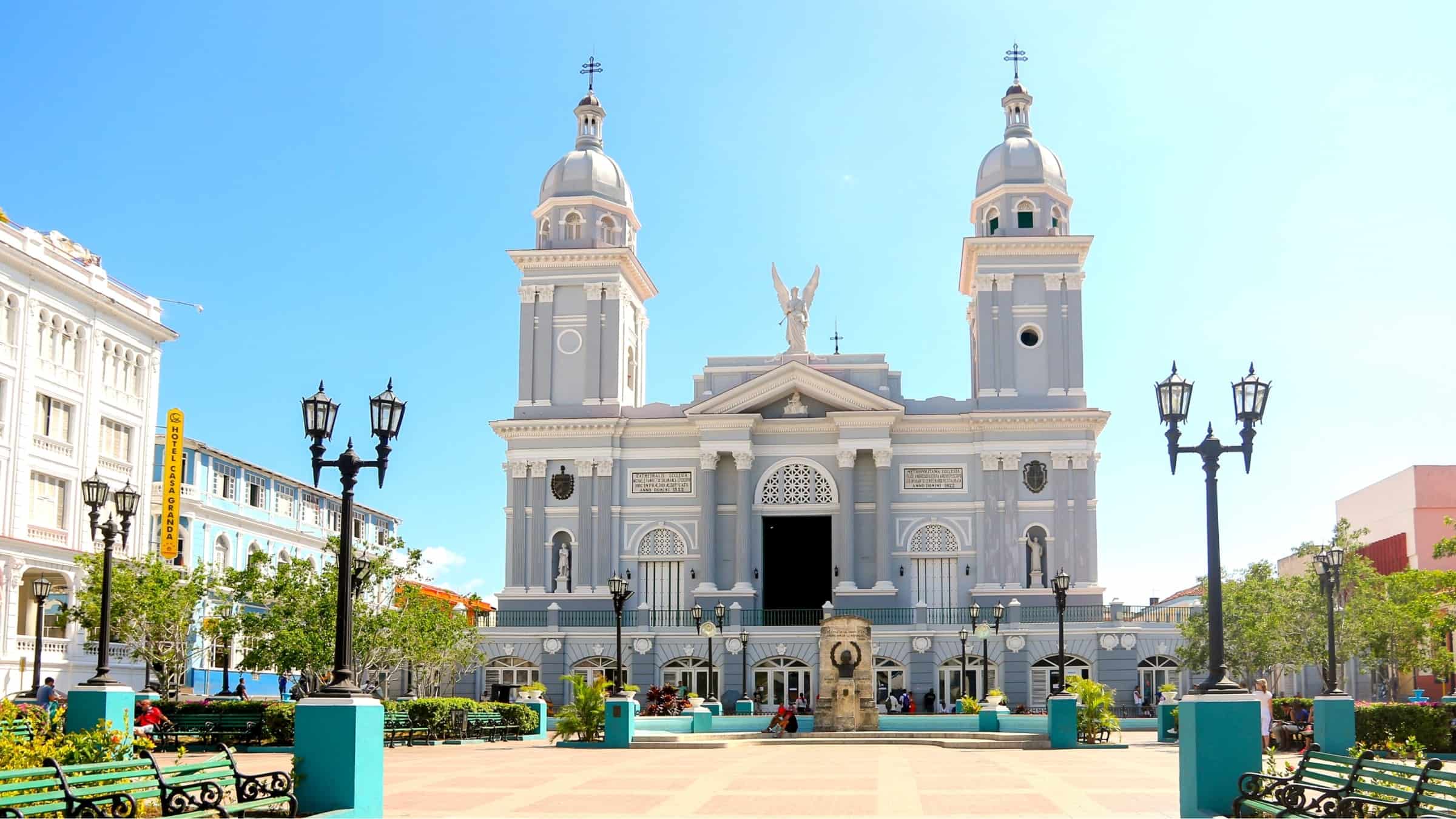
Close to the city lies the Baconao National Park, which is worthy of a day visit from the city. Highlights of this beautiful area of forests and hills are the strange dinosaur sculptures dotted around the hillsides, a small but interesting classic car museum, and Siboney Farm, which is the location where Fidel Castro and his men met to plan the failed attack on the Moncada barracks. For those looking for some exercise, a climb to the top of the Gran Piedra (Great Rock) which sits atop a small mountain offers lovely views across the local area and even, its reputed, the lights of Jamaica can be seen on a clear evening.
The impressive fortress of San Pedro de la Roca overlooks the Caribbean Bay and the Sierra Maestra mountains in the distance and was awarded UNESCO World Heritage status as the world’s best example of preserved Spanish American military architecture. It’s a short drive to the fortress which can be entered and explored. We would recommend a lunchtime visit to enjoy al fresco dining, Cuban cuisine, and spectacular views.

Resulting from centuries of immigration, most notably from Haiti and Jamaica, Santiago De Cuba certainly shows a more Caribbean character. Known for its Afro-Cuban music and contagious “Son“ rhythms, it is home to numerous internationally acclaimed musicians including three members of the world-famous Buena Vista Social Club – song and dance are the lifeblood of the city. Continuing the Caribbean influence, a relatively high number of residents of the city adhere to Afro-Cuban religions, most notably Santeria. Interestingly, some aspects of the religious “Vodoo” heritage can be traced back to this community.

Far from the throngs of everyday life located at the very eastern point of Cuba, lies the small coastal town of Baracoa. Nestling in an unspoiled and remote location surrounded by secluded beaches and virgin rainforests, it’s closer to Haiti than Havana. Reputedly discovered by Christopher Columbus in 1492, little appears to have changed since then and a couple of nights here is well worth the 4-5 hour journey across the mountain road, and past the USA Naval Base at Guantanamo from Santiago De Cuba.
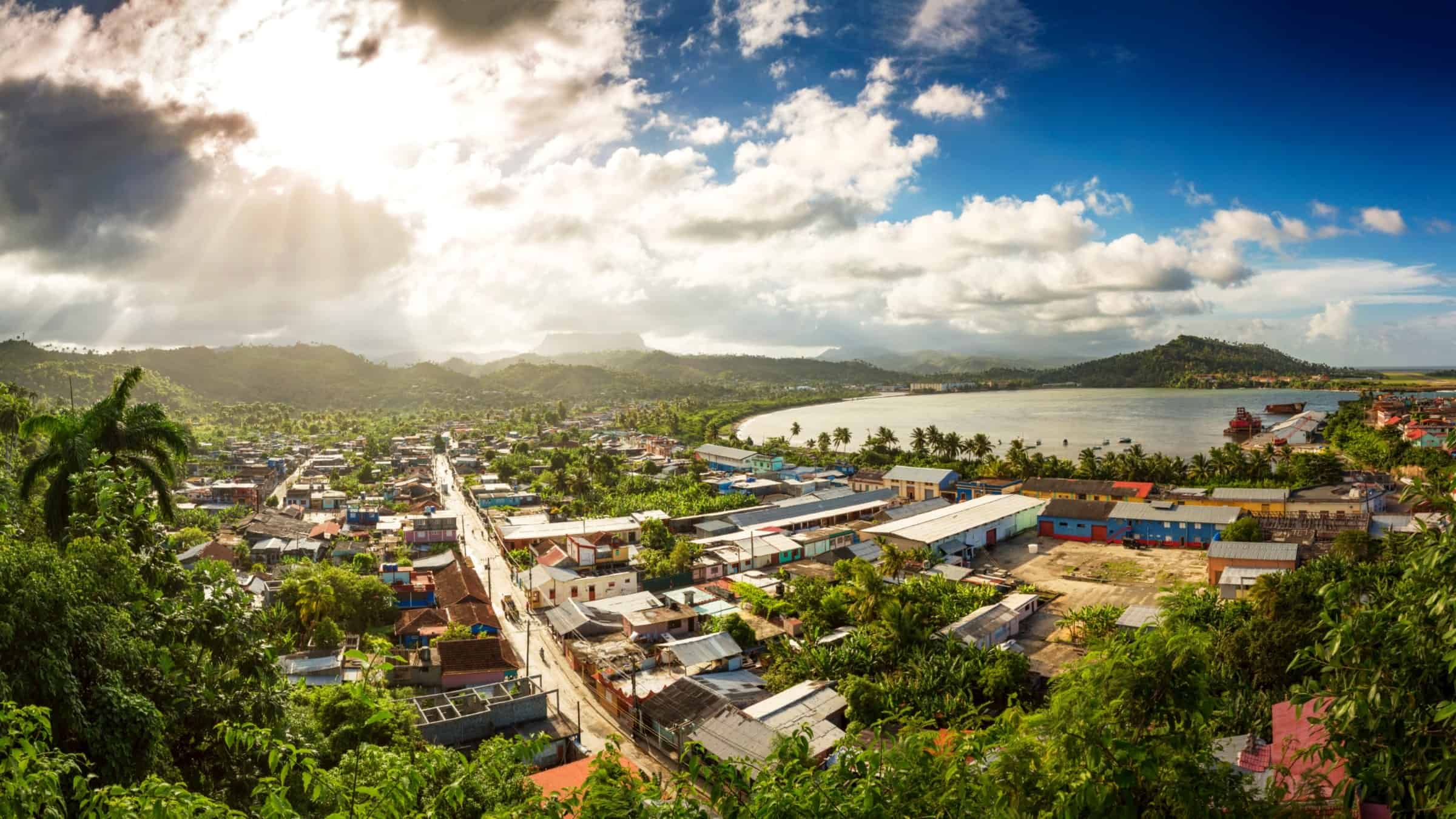
Overlooking Baracoa lies the anvil shaped mountain known as El Yunque. Considered sacred by the indigenous Taino Indians, it’s possible to arrange a trek to the summit with our local guides. The breathtaking sub-tropical rainforests surrounding the town hide three rivers, and you can take a boat ride up the Rio Toa, as well as swim in the natural pools of the Rio Duaba. Add a day in Baracoa and head to the nearby unspoilt Maguana beach, to relax in an idyllic natural environment. If it’s simplicity and natural beauty that you crave, Baracoa will not disappoint.
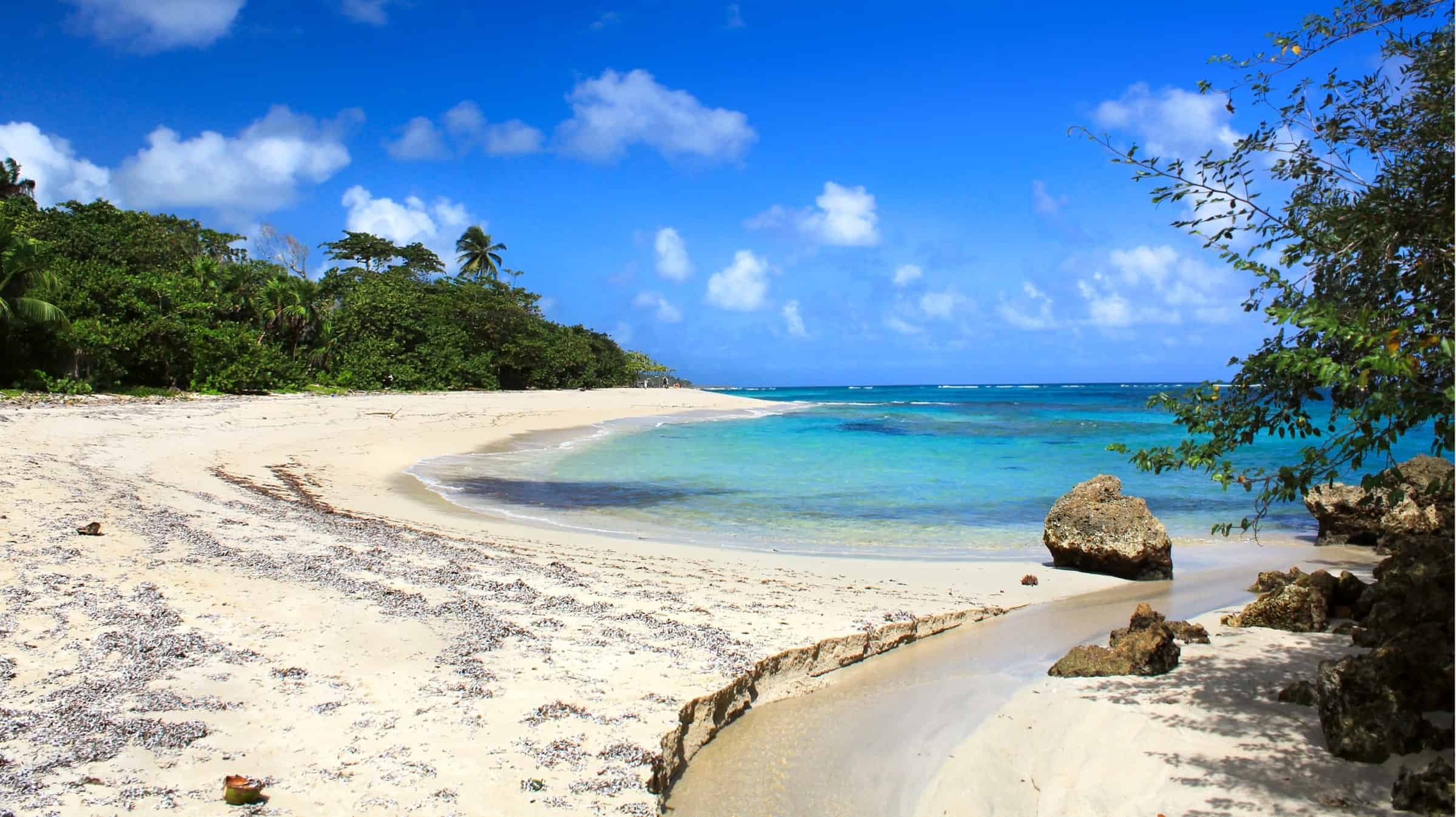
The Sierra Maestra mountains are Cuba’s largest mountain range which dominate the skyline when travelling between Bayamo and Santiago De Cuba. This strikingly beautiful region with its colossal sierras reaching up to nearly 6000 ft, also played a key part in many of Cuba’s armed struggles including the War of Independence and the Revolution. For those who enjoy the outdoors, a stay in the Sierra Maestra for a few days could well be a highlight of a visit to Cuba.
The more adventurous and energetic will test their endurance with a trek to Pico Turquino, the revered highest peak in Cuba. This test of endurance starts as the sun comes up, and apart from the very experienced trekkers, involves an overnight stay in a simple hut high up in the mountains on the ascent. Those taking the challenge will certainly be rewarded with spectacular views of the Sierra Maestra, against the backdrop of the deep blue Caribbean Sea. The feeling of isolation is amazing, as you would be alone in the mountains, with only your guide and very few other trekkers.
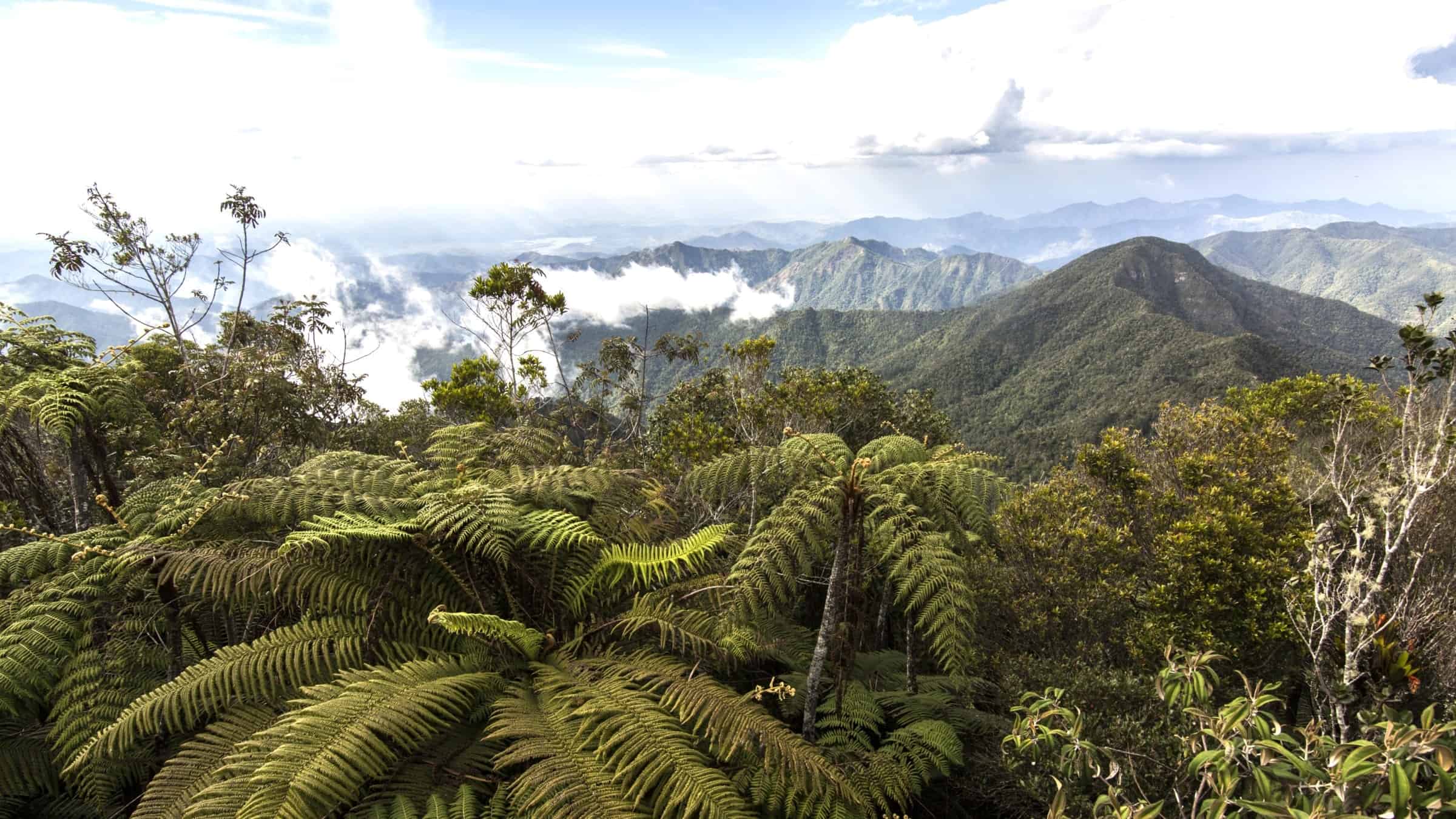
Visit La Plata, the camp set up by Fidel Castro and Che Guevara in 1958 to serve as a Revolutionary base. Hidden deep in the tropical forests, despite constant attempts to find it by Government forces and aircraft, it was never discovered! The small number of Revolutionaries set up Radio Rebelde and broadcast to the nation from the camp, whilst also inviting foreign journalists to visit them, hiding the fact there were so few of them. The mountain huts, food store, and infirmary can still be visited along with Fidel Castro’s hut, which had 7 escape routes!
It’s possible to visit and engage with some lovely mountain communities, in tiny hamlets where life is so much different from Havana! Simply stroll along the riverbank and through the tropical forests, take cooling dips in river pools, and marvel at the peace of mountain life in Cuba.
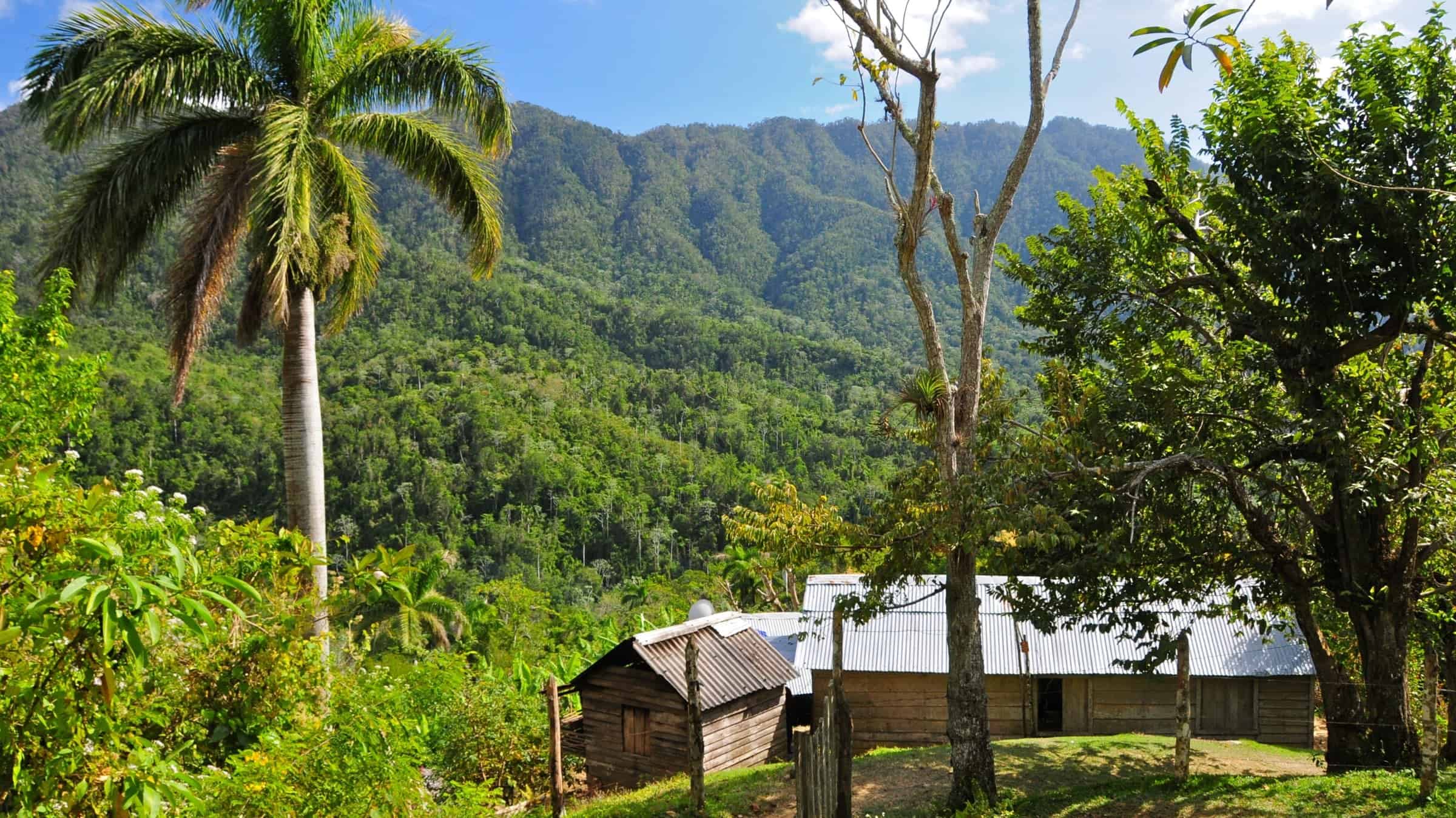
Antiquated yet dignified, Bayamo, the former capital of Cuba embraces visitors with its simple charms and is well worthy of an overnight stay. The birthplace of Carlos Manuel Cespedes, the “Father of Cuba”, Bayamo was the focus of the war of independence against the Spanish rulers, where the locals burnt the city, rather than hand it to the Spanish. The abolition of slavery in Cuba also took place here, when Cespedes the main plantation owner in the region released his slaves. Despite a significant history, Bayamo is a sleepy town where the locals snooze under the shade of the palms, play dominos, and cycle leisurely around the pretty streets.
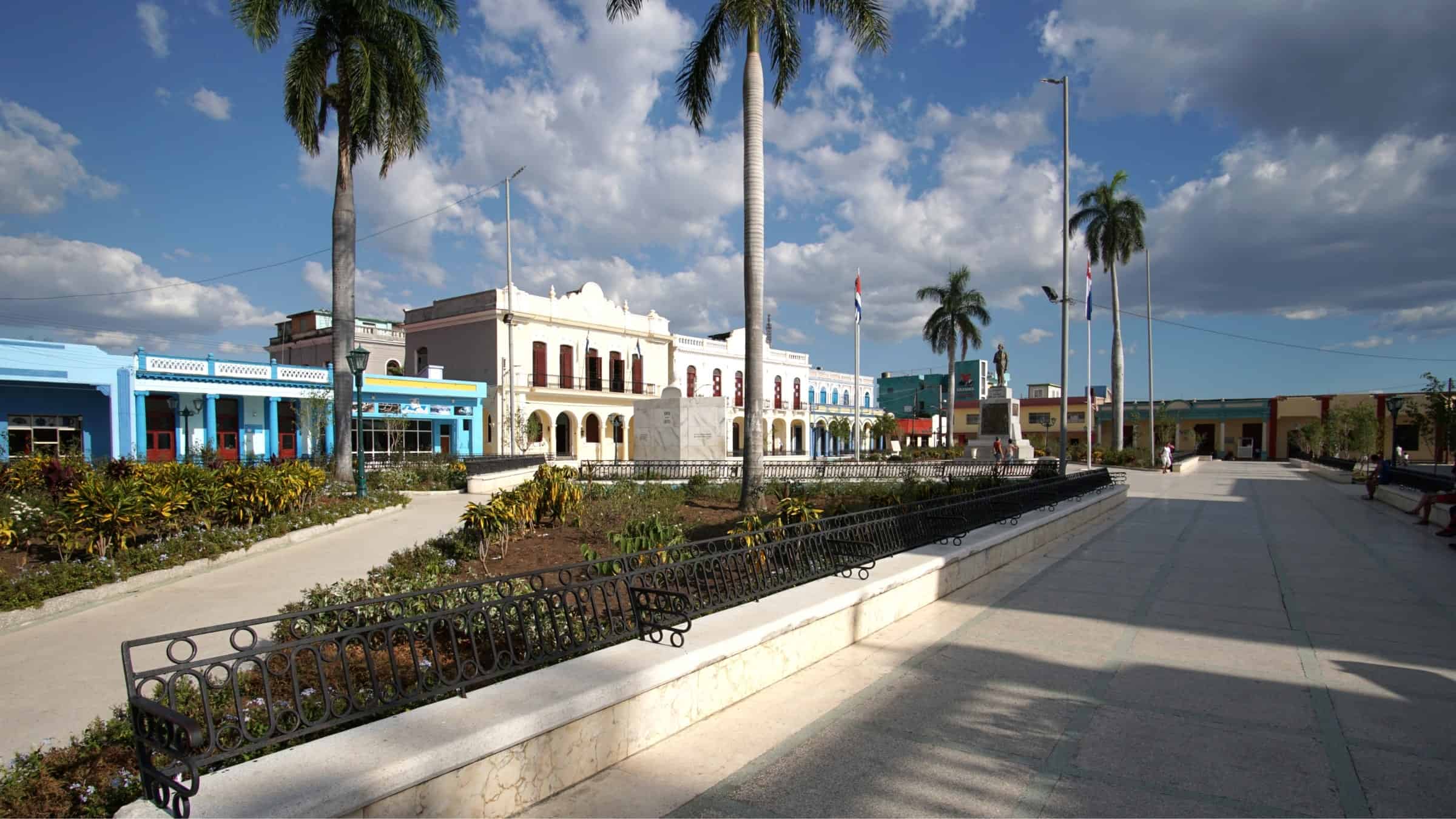
Delightfully frozen in time, the charming coastal fishing port of Gibara known as the ‘white town’, boasts an abundance of parks, charming colonial architecture, and friendly inhabitants. As the local tourist media states, it could genuinely be ‘Cuba’s best kept secret’.
The town competes with Baracoa, located some distance east, as the location where Christopher Columbus described “the most beautiful land that human eyes saw” when he first made land in Cuba. Our resident Cuba expert here at Archipelago Choice does however feel that the evidence points to Baracoa, whilst maintaining that Gibara is still well worth a visit for an “off the beaten track” experience.
Not to be missed on a visit to Gibara is a guided walk into the countryside to visit the imposing Panaderos Caves which were only discovered and mapped a few decades ago, but are aged to 90 million years. On a pre-booked basis and with a dedicated guide, it’s possible to walk approximately 1 km into the cave, and for the more adventurous there is a lake in the caves for swimming.
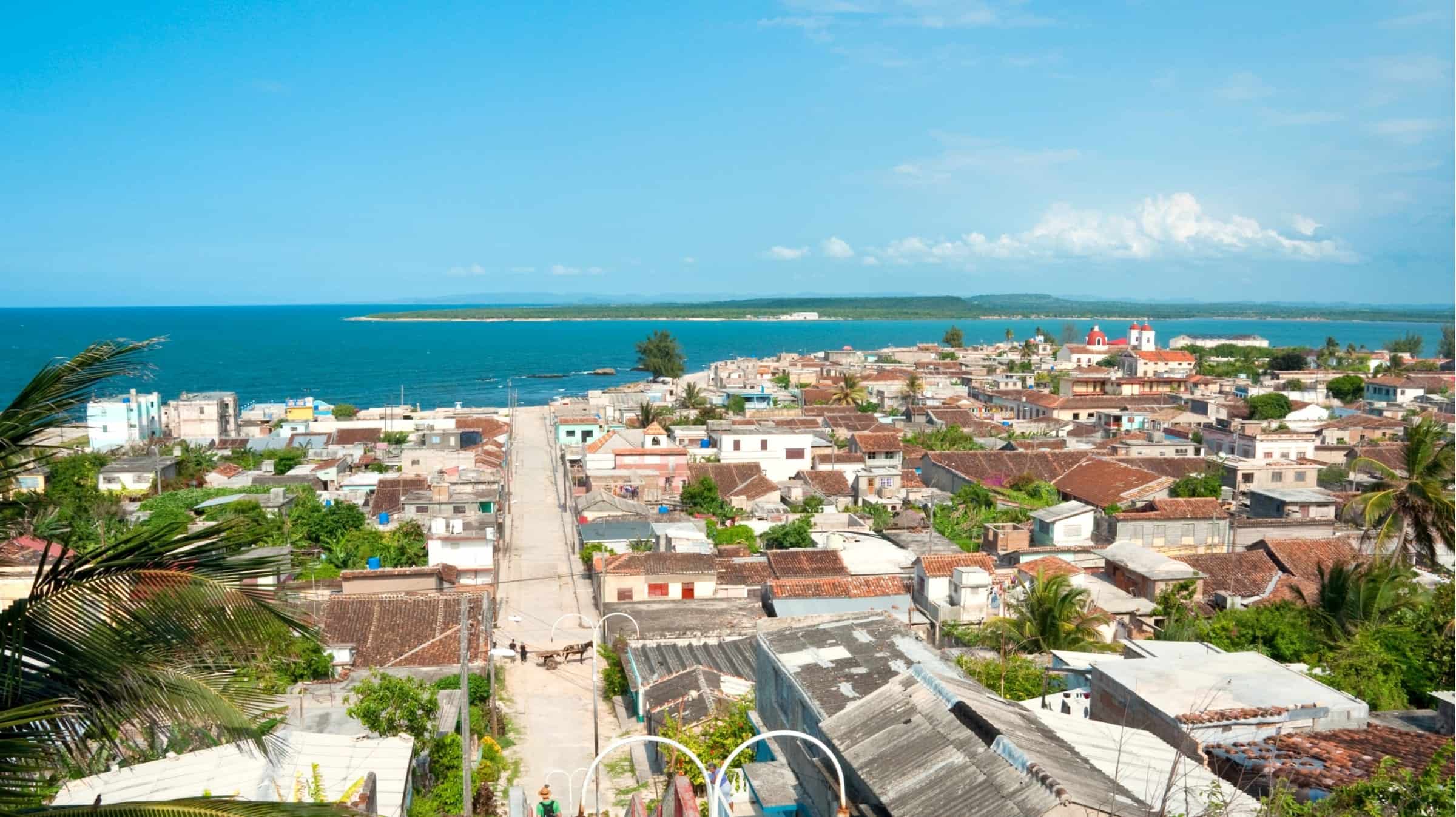
Situated in the east of Cuba and the 4th largest city, Holguin can act as a gateway for those flying into Eastern Cuba from various European and Canadian destinations. Well worth an overnight stay, the centre of the city enjoys some pleasant plazas, commemorative monuments, colonial buildings, and a few small museums.
The more pious may appreciate the Loma de la Cruz which overlooks the city. In 1790, this large cross was raised at the summit in a desperate attempt to relieve the city of drought. For those looking for some exercise after the flight, the long stairway leading up to Loma de la Cruz was built in 1950 and climbs the hill offering impressive views of Holguin, laid out in a clear grid pattern as shown in the picture below.
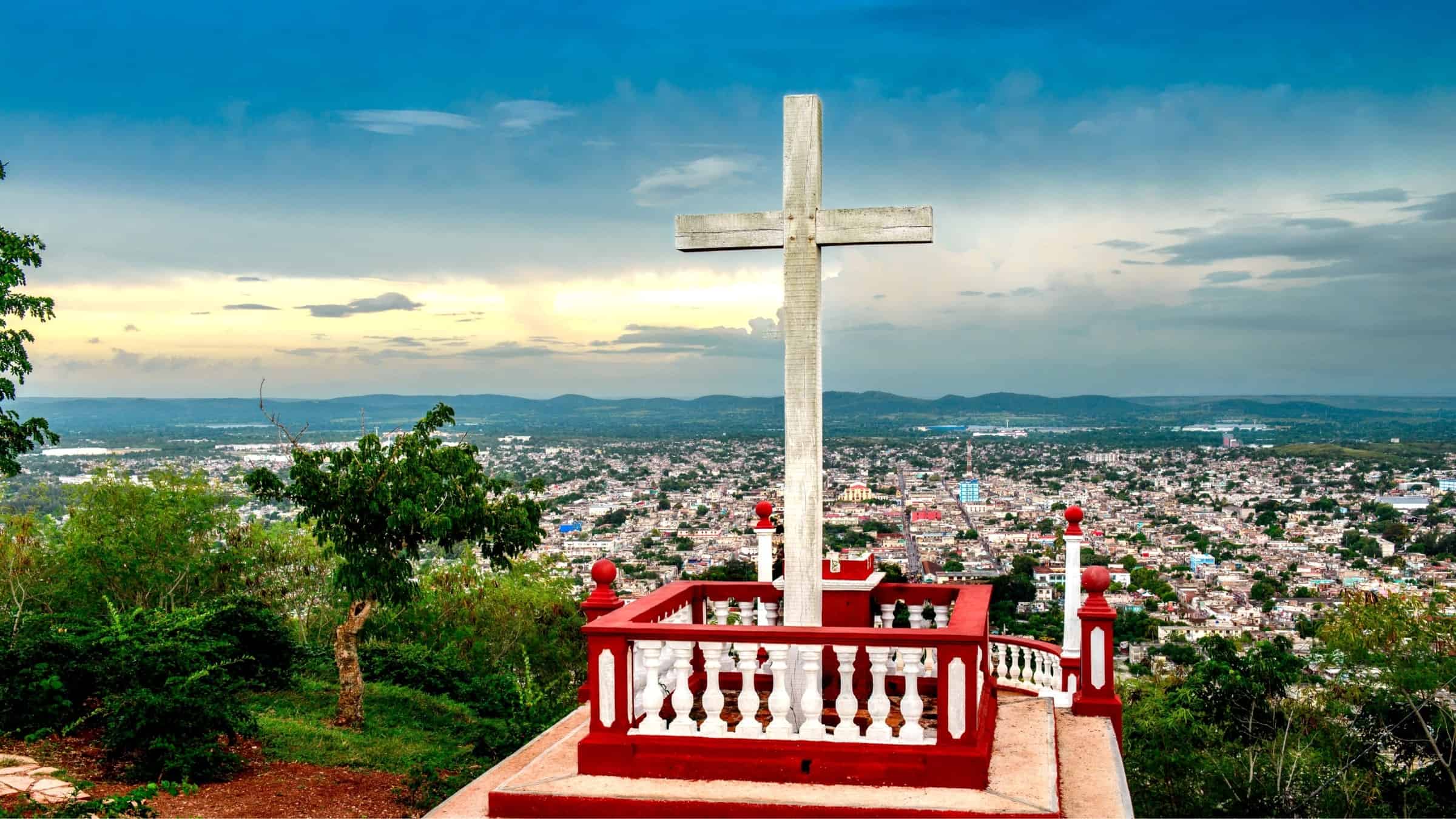
.








Follow us online